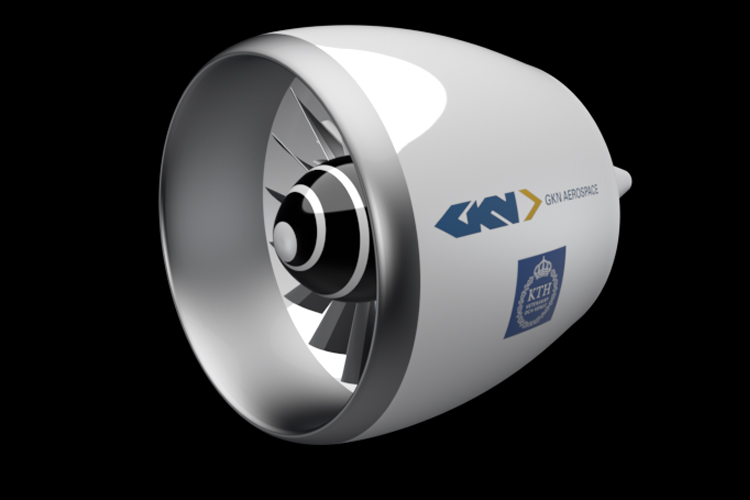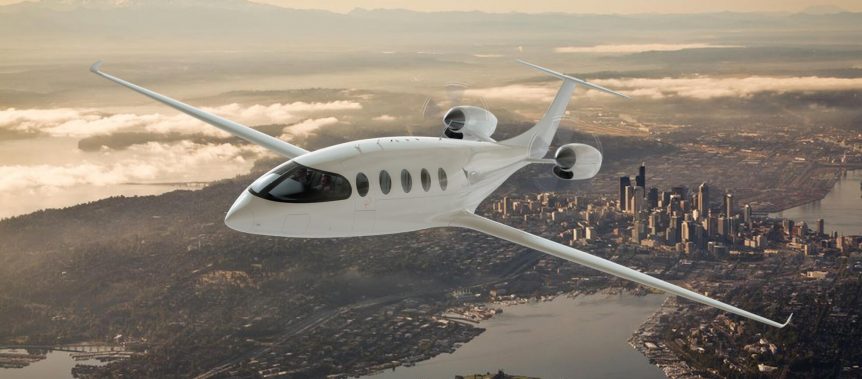Electric Ducted Fans (EDF) may soon show some promise in full-size flight. Several projects are under way, including EleFanT, an interesting development in Germany by GKN and KTH (the Swedish Royal Institute of Technology). First, though, we’ll look at two stateside projects. David Ullman’s IDEAL EDFs fans are nothing new in the model aviation world, often powering large-scale models of actual jet fighters or trainers. Such model motors, combining their thrust, can augment lift and propulsion on light aircraft, and a few larger projects are attempting to utilize that promise. David Ullman, in Independence, Oregon has flown a Jabiru he rebuilt from a wreck with its Jabiru engine providing the main power, but augmented in thrust and lift by four small electric ducted fans (EDFs). The arrangement is a partial demonstration of IDEAL, which stands for “Integrated Distributed Electric – Augmented Lift” flight, using “thrust from distributed electric propulsion to improve the lift and drag performance of the aircraft during …
Eviation Moves Alice’s Tail – to Washington
Israel’s Eviation has moved its manufacturing resources to Arlington, Washington, north of Seattle. There, they are making an all-new version of Alice, changing its configuration from “V”-tailed to “T”-tailed and its power from tri-motor to bi-motor. The revised craft will be powered by two Magni650 power units, a package that includes a 640 kilowatt (850 shaft horsepower) motor, four magniDrive-100 inverter/motor control units, and “a closed-loop integrated thermal management system.” A New Alice Charles Alcock, reporting in FutureFlight.aero, says Eviation Aircraft confirms plans to make a first test flight of the redesigned craft by year’s end and have the new Alice certified and entering service in 2024. Obvious changes include a clean, high-aspect ratio wing and pylon-mounted motors flanking the “T” tail. According to Alcock’s report, a company spokeswoman explained, “We moved from a V-tail to a T-tail to optimize performance and handling and make it easy and reliable for pilots to seamlessly transition to flying the aircraft.” Two crew …


